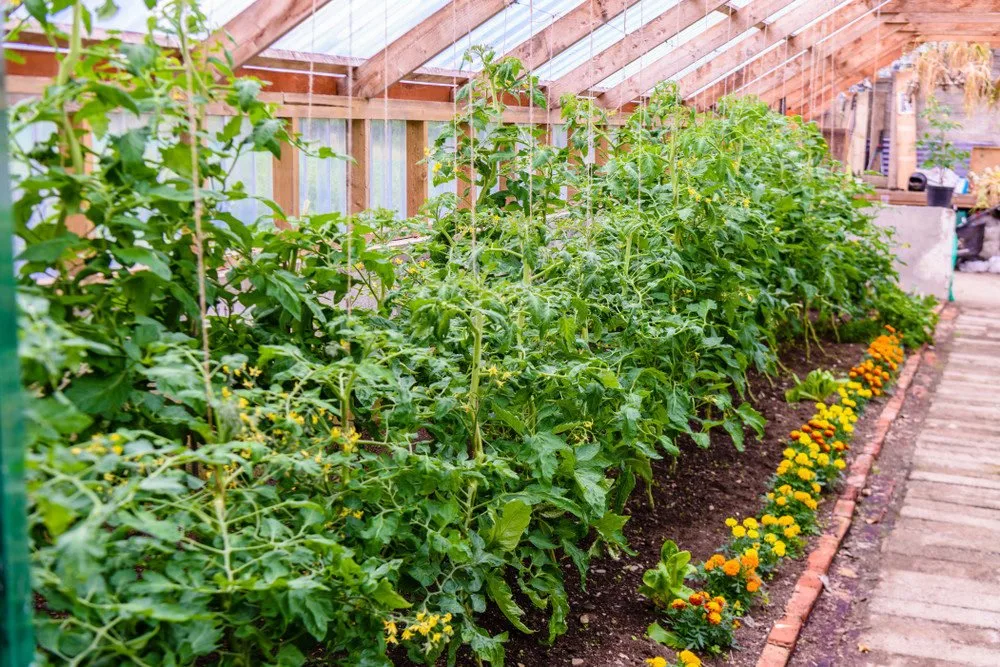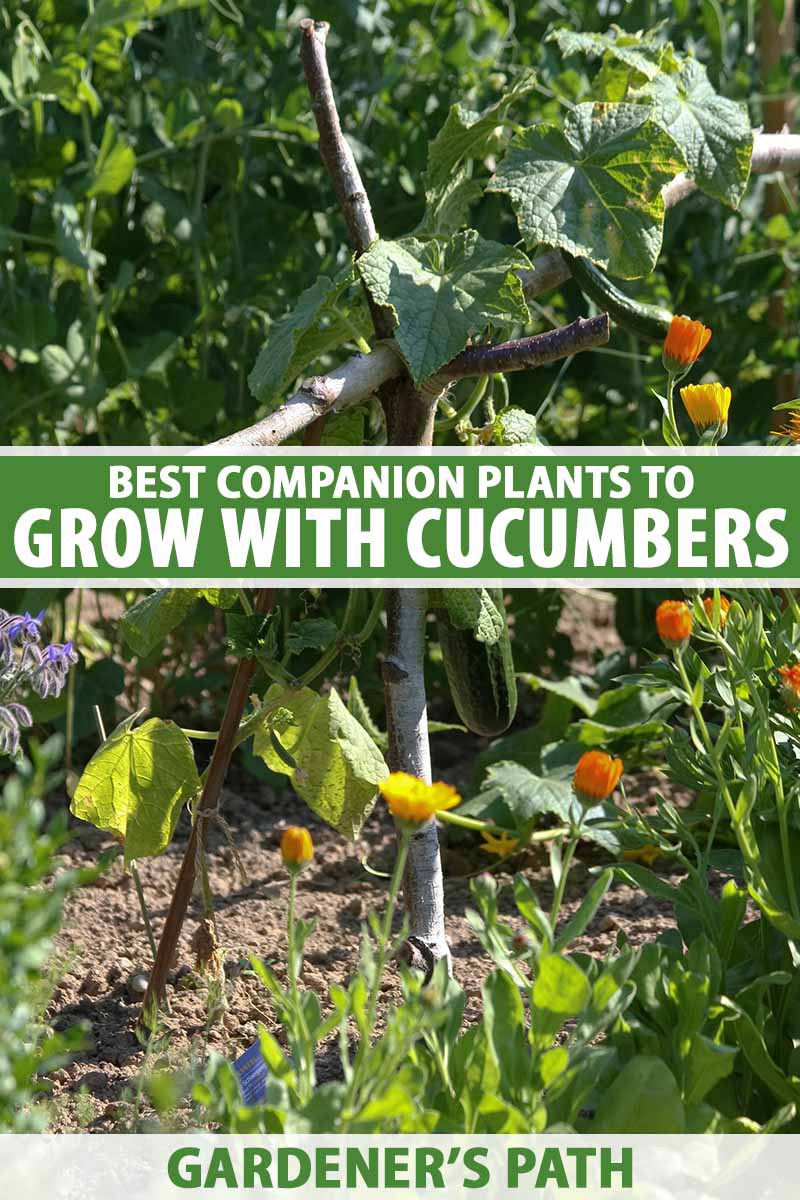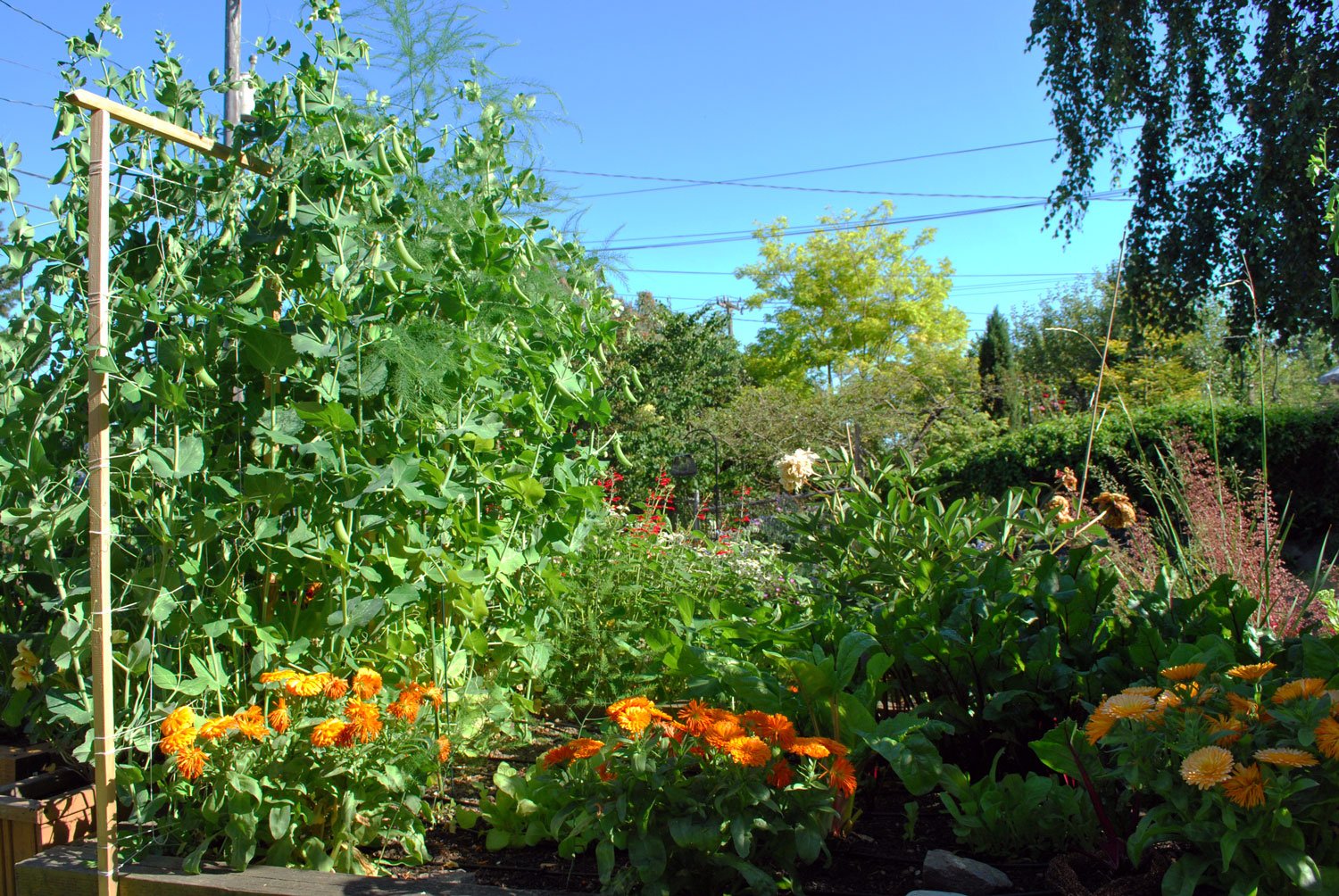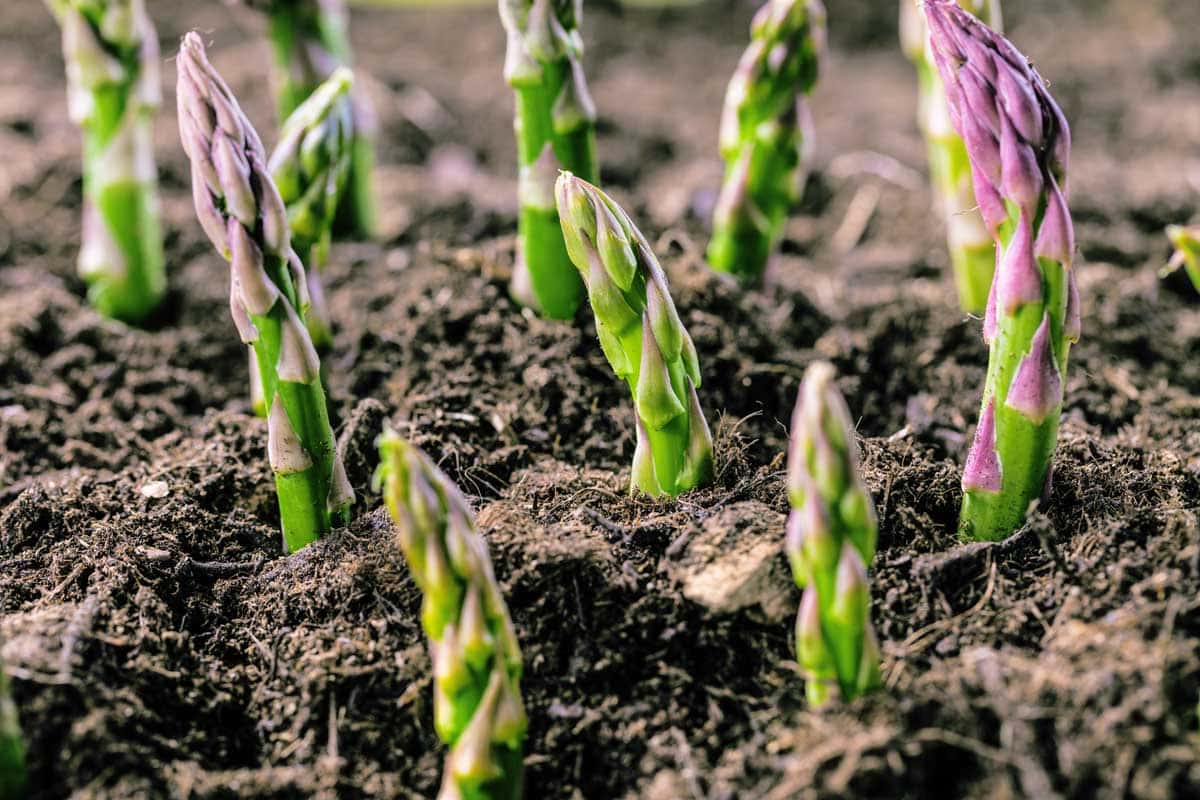Grow Beautiful Flowers And Healthy Vegetables With Calendula Companion Planting
Introduction
Calendula is a beautiful and versatile flower that has many benefits for the garden. It can be used as a companion plant to attract beneficial insects, repel pests, and improve soil health. Calendula is also edible and has a number of medicinal properties.
In this blog post, we will discuss the benefits of companion planting with calendula and how to do it successfully. We will also provide some tips for growing calendula in your garden.
Benefits of Companion Planting with Calendula
There are many benefits to companion planting with calendula. Here are a few of the most important:
- Attracts beneficial insects. Calendula attracts a variety of beneficial insects, including ladybugs, hoverflies, and bees. These insects help to control pests in the garden, which can lead to healthier plants.
- Repels pests. Calendula has a strong scent that some pests find unpleasant. This can help to deter pests from your garden, such as aphids, whiteflies, and cabbage moths.
- Improves soil health. Calendula is a nitrogen-fixing plant, which means that it can help to improve the nitrogen content of the soil. This can benefit other plants in the garden, as they will have access to more nitrogen.
- Discourages rabbits. The scent of calendula is also said to discourage rabbits from eating your plants.
How to Companion Plant with Calendula
To companion plant with calendula, you will need to choose the right plants to plant near it. Here are a few of the best companion plants for calendula:
- Asparagus
- Beans
- Broccoli
- Brussel sprouts
- Carrots
- Cucumbers
- Potatoes
- Pumpkins
- Tomatoes
When planting calendula with these other plants, be sure to space them appropriately. Calendula should be planted about 12 inches apart, and the other plants should be spaced according to their individual needs.
Tips for Growing Calendula
Calendula is a relatively easy plant to grow. It prefers full sun and well-drained soil. Calendula can be planted from seed or from transplants. If you are planting from seed, sow the seeds about 1/2 inch deep and 12 inches apart. If you are planting transplants, space them the same way.
Calendula does not require a lot of water. Water it regularly, but do not overwater it. Calendula is also not a heavy feeder, so you do not need to fertilize it often.
Calendula flowers typically bloom from early summer to late fall. Once the flowers have finished blooming, you can deadhead them to encourage more blooms. You can also harvest the flowers for use in cooking or for medicinal purposes.
Conclusion
Calendula is a beautiful and versatile flower that has many benefits for the garden. It can be used as a companion plant to attract beneficial insects, repel pests, and improve soil health. Calendula is also edible and has a number of medicinal properties.
If you are looking for a way to improve your garden, consider companion planting with calendula. It is a simple and effective way to attract beneficial insects, repel pests, and improve the health of your plants.
Calendula is a beautiful and beneficial flower that can be planted in your vegetable garden. It attracts pollinators, repels pests, and can even be used medicinally. If you're looking for a way to improve your garden's health and productivity, calendula is a great option.
Here are some of the benefits of planting calendula with vegetables:
- Calendula attracts pollinators, such as bees and butterflies, which help to pollinate your vegetables. This can lead to a higher yield of fruits and vegetables.
- Calendula repels pests, such as aphids, nematodes, and whiteflies. This can help to protect your vegetables from damage.
- Calendula can be used medicinally. The flowers can be used to make a tea that can help to heal wounds, reduce inflammation, and boost the immune system.
If you're interested in learning more about planting calendula with vegetables, I recommend visiting Gardenia Inspiration. This website has a wealth of information on the topic, including planting instructions, companion planting tips, and recipes for using calendula medicinally.
FAQ of planting calendula with vegetables
Q: What are the benefits of planting calendula with vegetables?
A: Calendula is a great companion plant for vegetables because it has many benefits. It can:
- Attract beneficial insects, such as bees and ladybugs, which help to control pests.
- Repel unwanted pests, such as aphids, nematodes, and tomato hornworms.
- Improve the soil by adding nutrients and breaking up hardpan.
- Mask the scent of other crops, making them less attractive to pests.
- Provide visual interest in the garden.
Q: What vegetables can I plant with calendula?
A: Calendula is a good companion plant for many vegetables, including:
- Asparagus
- Beans
- Broccoli
- Brussels sprouts
- Carrots
- Cucumbers
- Potatoes
- Pumpkins
- Tomatoes
Q: How do I plant calendula with vegetables?
A: Calendula can be planted directly in the garden or started indoors. If you are planting directly in the garden, sow the seeds about 1/2 inch deep and 1-2 inches apart. If you are starting indoors, sow the seeds about 6 weeks before the last frost date. Once the seedlings have developed their second set of true leaves, transplant them to the garden.
Q: How do I care for calendula planted with vegetables?
A: Calendula is a relatively easy plant to care for. It needs full sun and well-drained soil. Water the plants regularly, especially during hot, dry weather. You may need to fertilize the plants once or twice during the growing season.
Q: What are some problems that can occur when planting calendula with vegetables?
A: There are a few problems that can occur when planting calendula with vegetables. These include:
- Aphids: Aphids are a common pest that can attack calendula plants. You can control aphids with insecticidal soap or neem oil.
- Powdery mildew: Powdery mildew is a fungal disease that can affect calendula plants. You can prevent powdery mildew by planting calendula in a well-ventilated area and watering the plants at the base.
Image of planting calendula with vegetables
5 different images of "planting calendula with vegetables" from Pinterest:
- Calendula and tomatoes: Calendula is a good companion plant for tomatoes because it helps to deter pests. This image shows a row of tomatoes with calendula planted in between.

- Calendula and cucumbers: Calendula also helps to deter pests that can damage cucumbers, such as aphids and cucumber beetles. This image shows a bed of cucumbers with calendula planted around the edge.

- Calendula and peas: Calendula can help to attract pollinators, which can help to improve the pollination of peas. This image shows a row of peas with calendula planted in between.

- Calendula and carrots: Calendula can help to repel carrot flies, which can damage carrots. This image shows a row of carrots with calendula planted in between.

- Calendula and asparagus: Calendula can help to improve the flavor of asparagus. This image shows a bed of asparagus with calendula planted around the edge.

Post a Comment for "Grow Beautiful Flowers And Healthy Vegetables With Calendula Companion Planting"